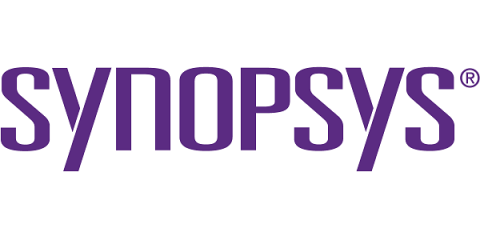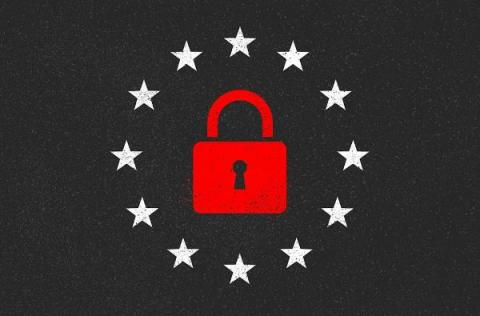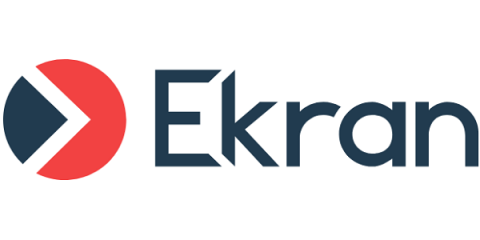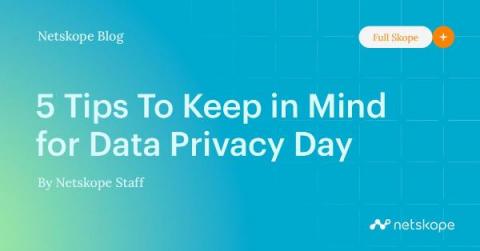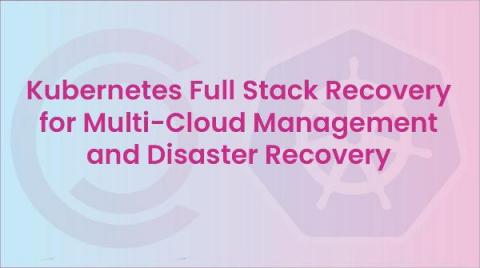Security | Threat Detection | Cyberattacks | DevSecOps | Compliance
Latest News
Software risks and technical debt: The role of process in determining good software
Adding security to Nuxt 3
Nuxt is an Intuitive Web Framework that allows you to build your next Vue.js application with confidence. It’s an open source framework under MIT license that makes web development simple and powerful. I highly recommend you check out the official website if you want to get started with it.
Data Protection Day 2023: Misaligned Policy Priorities Complicate Data Protection Compliance
January 28 is recognized as Data Protection Day in Europe, the United States and dozens of other countries including Canada and Israel. It provides a moment to reflect on where data protection regulations stand today and where they are going. At present, seemingly incongruent trends in cybersecurity policy threaten to confuse data protection efforts.
Security Questionnaires Explained: How to Respond to the Most Common Questions
Security questionnaires are a set of questions used to assess the security posture of an organization, usually to determine if one company can trust another and work together. These questions are designed to identify and evaluate potential vulnerabilities, as well as to ensure compliance with industry standards and regulations.
How to Reduce Insider Threat Risks in a Hybrid Office: 10 Best Practices
Data Privacy Day: Understanding the Risks of Social Media
For most people, January 28th is the 28th day of the year.
5 Tips To Keep in Mind for Data Privacy Day
No matter what industry you’re in, data privacy is an issue that impacts you. And when it comes to being safe online with sensitive data, whether that’s your personal data or sensitive data that is important to your organization, being informed is the first step. With that in mind, ahead of Data Privacy Day on January 28, we asked a handful of Netskopers from our CSO, internal security, and Netskope Threat Labs teams to provide tips around data privacy that they think everyone should know.
Covenant C2 Fills the Void Left by Empire PowerShell
Post-exploitation tools are used by threat actors to move laterally inside a network and escalate their privileges in order to steal data, unleash malware, create backdoors and more. Red teams and ethical hackers also use these tools; indeed, simulating the efforts of adversaries plays a key role in implementing effective controls to secure systems, applications and files.
Kubernetes Full Stack Recovery for Multi-Cloud Management and Disaster Recovery
Most Kubernetes users understand the complexity involved in managing multiple Kubernetes clusters, especially when those clusters are hosted in hybrid cloud or multi-cloud environments.



